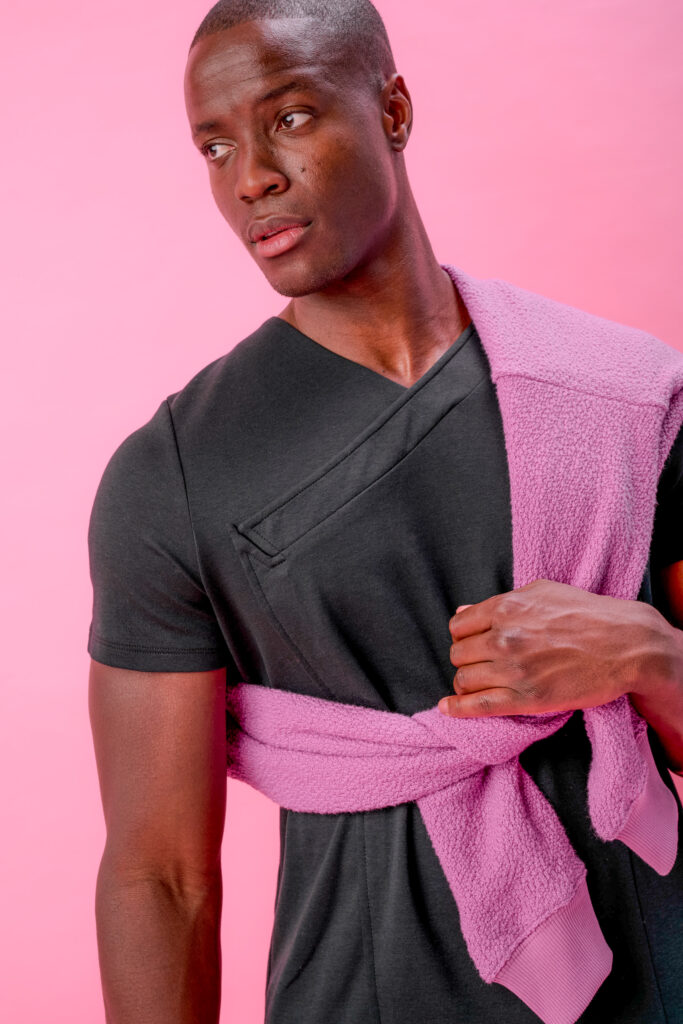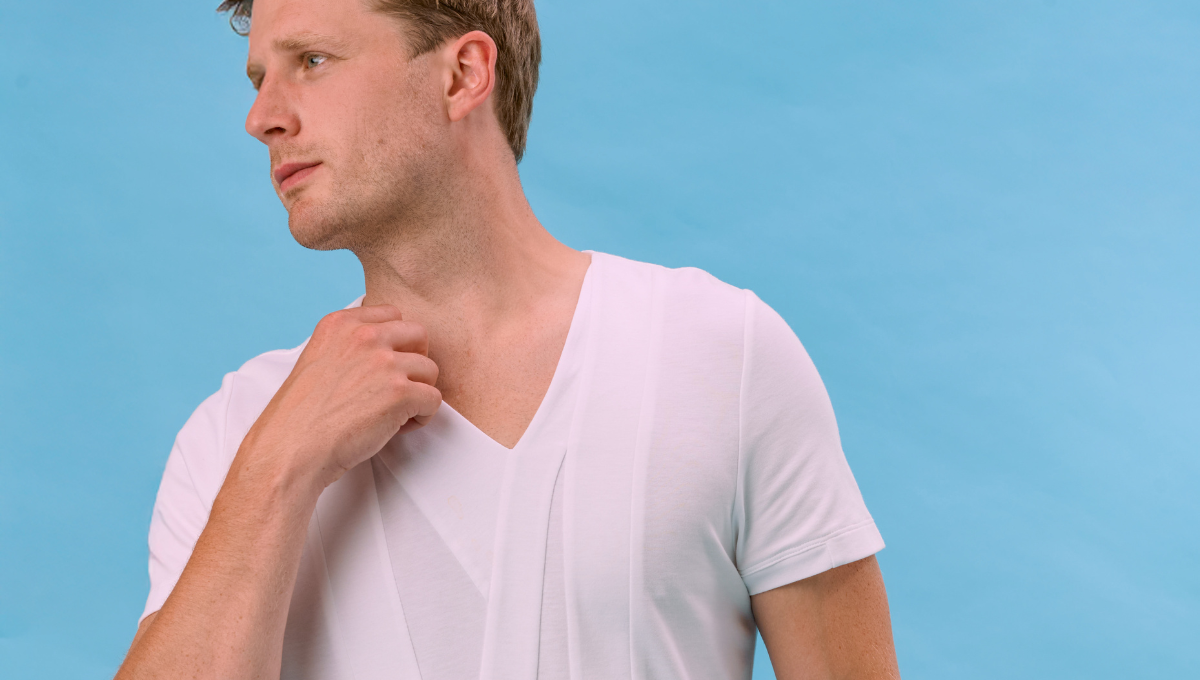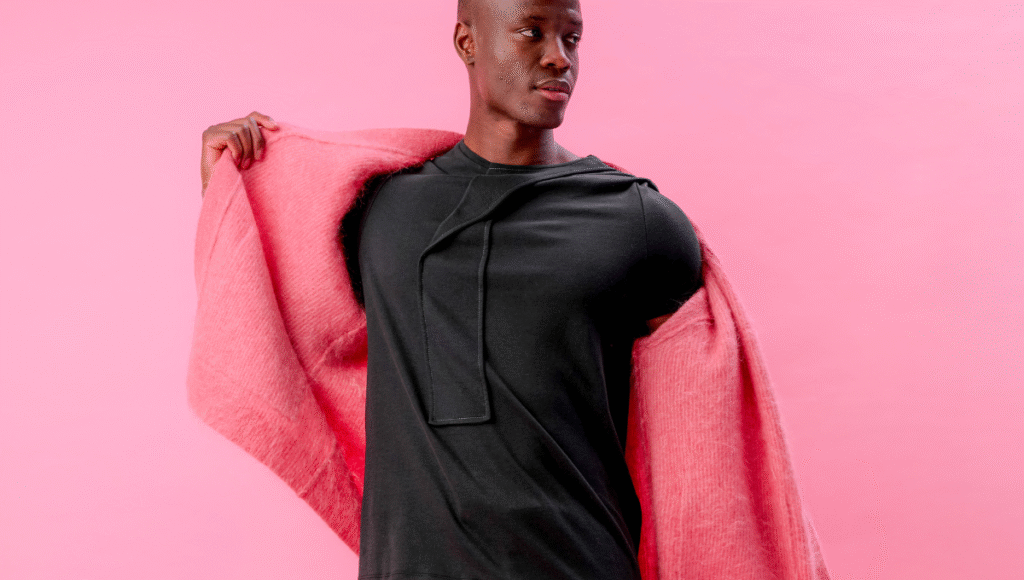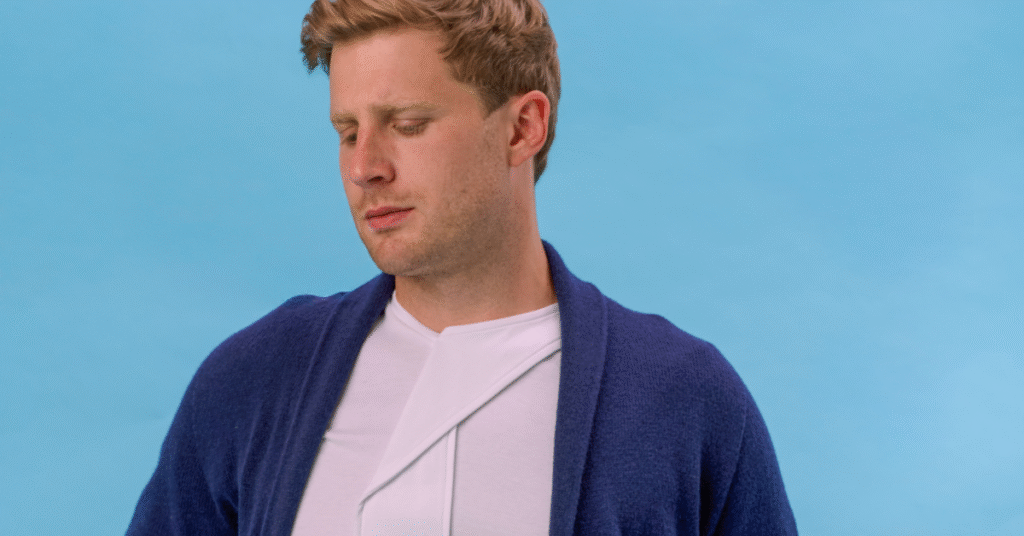Whether you’re investing in the perfect t-shirt that won’t pill after a few washes, understanding these cotton varieties will save you money and frustration in the long run.
In this guide, we will write everything you need to know about Supima cotton versus regular cotton so you can make informed choices for your clothing and home textiles whether you’re picking a Cotton T Shirt or luxury bedding.
What Exactly Is Supima Cotton?
Let me start with the basics.
Supima cotton isn’t just fancy marketing; it’s a specific type of premium cotton with measurable differences.
The name comes from “Superior Pima,” and it represents the crème de la crème of American-grown cotton.
Only 1% of the Earth’s cotton is Supima, making it genuinely exclusive.
But what makes it so special?
Supima cotton is known for its extra-long staple fibers, which are about 35% longer than regular cotton fibers.
Think of it this way: if regular cotton fibers are like short threads, Supima fibers are like long, silky strands that weave together more smoothly.
The Science Behind Superior Cotton
Regular cotton has an average fiber length of about an inch, but Supima cotton has fibers that are typically 1.5 inches.
This might seem like a small difference, but it creates massive changes in:
- Strength – Supima cotton is twice as strong compared to regular cotton
- Softness – Longer fibres create smoother surfaces
- Durability – Less prone to breaking and pilling
- Breathability – Better air circulation through the fabric
The manufacturing process also sets Supima apart.
Supima cotton is manufactured using natural processes, free of harsh chemicals, making it a hypoallergenic alternative for sensitive skin.
Regular Cotton: The Everyday Champion
Now, let’s talk about regular cotton, the workhorse of the textile world.
Standard cotton makes up the vast majority of cotton products you’ll encounter.
It’s affordable, versatile, and perfectly adequate for many applications.
Regular cotton comes in various grades and qualities but generally features:
- Shorter fibres (around 1 inch in length)
- Lower cost per yard
- Wide availability in countless products
- Decent durability for everyday use
The key difference lies in the fiber structure.
The shorter the cotton fibers, the rougher the yarns and threads, which causes pilling on the surface of items like sheets.
This doesn’t mean regular cotton is bad, it just means it behaves differently over time.
Key Differences: Supima Cotton Vs Cotton
Fibre Length and Structure
The fundamental difference starts at the microscopic level.
Supima Cotton:
- Extra-long staple fibres (1.5+ inches)
- Smoother yarn construction
- More uniform fibre alignment
Regular Cotton:
- Standard-length fibres (around 1 inch)
- More variable fibre lengths
- Can create rougher surfaces
Durability and Longevity
Here’s where the investment really pays off.
Supima cotton features extra-long staple fibers like Egyptian cotton, making it stronger, softer, and smoother than regular cotton. It resists pilling and thinning.
I’ve seen Supima t-shirts maintain their shape and softness after hundreds of washes, whilst regular cotton garments start showing wear much sooner.
Supima advantages:
- Maintains shape longer
- Resists pilling and fuzzing
- Handles frequent washing better
- Keeps colours vibrant
Regular cotton characteristics:
- More prone to shrinkage
- Can develop pills over time
- May fade faster
- Generally shorter lifespan
Softness and Feel
The tactile difference is immediately noticeable.
What sets Supima apart from other cottons is its extra-long fibers, which lend remarkable softness and strength, as well as beautiful color retention.
When you run your hand across Supima fabric, it feels silkier and more luxurious.
Regular cotton can certainly be soft, especially when new, but it typically doesn’t maintain that premium feel over time.
Also Read:- Does Supima Cotton Shrink
Price Point Reality
Supima cotton products typically cost 20-50% more than regular cotton equivalents.
But here’s my perspective: if you calculate cost per wear over the garment’s lifetime, Supima often wins.
A £200 Supima t-shirt that lasts three years beats a £100 regular cotton shirt that needs replacing after 18 months.

Applications: Where Each Cotton Excels
Supima Cotton Shines In:
At W. Rubens. We understand the importance of premium materials in creating exceptional garments.
Our focus on sustainable softness through BCI-certified cotton reflects this commitment to quality that discerning customers appreciate.
Bedding and Home Textiles Supima cotton bedding, such as sheets, pillowcases, and blankets, provides an elevated sleep experience with its smooth and breathable properties.
Towels and Bath Linens Supima cotton towels remain plush and absorbent, even after multiple washes, making them a favorite choice for luxury hotels and spas.
Regular Cotton Works Well For:
Everyday Essentials
- Basic t-shirts and casual wear
- Work clothes and activewear
- Children’s clothing (they’ll outgrow it anyway!)
Budget-Conscious Purchases
- Seasonal items
- Trendy pieces you won’t wear long-term
- Utility items like cleaning cloths
Environmental Considerations
Both cotton types have environmental implications, but there are key differences.
Supima Cotton:
- Often grown with more sustainable practices
- Requires less replacement due to durability
- Some Supima cotton is considered organic, which means it’s grown according to the Global Organic Textile Standards (GOTS)
Regular Cotton:
- Wider variety in farming practices
- May require more frequent replacement
- Can be found in organic varieties too
The sustainability equation isn’t just about farming, it’s also about longevity.
A garment that lasts twice as long effectively halves its environmental impact per wear.
Also Read:- Why Do Men Look So Good in Plain White T-Shirts?
Care and Maintenance: Getting the Most From Your Cotton
Supima Cotton Care
The beauty of Supima cotton lies in its resilience.
Washing:
- Use cold or warm water (30°C)
- A gentle or normal cycle works fine
- Quality detergent without harsh chemicals
Drying:
- Air drying preserves fibres best
- Remove whilst slightly damp to prevent over-drying
Storage:
- Fold or hang properly
- Avoid cramped storage
- Cedar blocks help maintain freshness
Regular Cotton Maintenance
Standard cotton requires a bit more attention to maximise lifespan.
Prevention is key:
- Wash inside out to reduce pilling
- Separate colours carefully
- Don’t overload the washing machine
Treatment:
- Address stains quickly
- Use fabric softener sparingly
- Consider enzyme detergents for better cleaning
Discover timeless style and premium-quality t-shirts at the W. Rubens shop, where comfort meets craftsmanship.
Making the Right Choice: When to Choose What
Choose Supima Cotton When:
- Investment pieces – Items you’ll wear frequently
- Skin sensitivity – You need hypoallergenic properties
- Professional appearance – Business or formal wear
- Long-term value – You prefer buying less but better
- Luxury experience – Bedding and intimate apparel
Choose Regular Cotton When:
- Budget constraints – Cost is the primary factor
- Children’s items – They’ll outgrow quickly
- Experimental purchases – Trying new styles or trends
- Heavy-duty use – Work clothes or utility items
- Seasonal pieces – Items with limited wearing time
The W. Rubens Perspective on Premium Cotton
At W. Rubens, we’ve witnessed firsthand how premium cotton transforms the wearing experience.
Our commitment to exceptional quality means we understand that the fabric choice is fundamental to creating garments that provide lasting luxury.
When customers experience our butter-soft fabrics and flawless fit, they’re feeling the difference that premium cotton materials make.
British tailoring crafted to perfection isn’t just about cut and construction, it starts with selecting the finest materials.
Our focus on sustainable softness through premium cotton ensures that each piece maintains its quality and comfort wash after wash.
The feedback from our global community consistently highlights how the superior quality and breathability of premium cotton elevates the entire wearing experience.

Investment Analysis: Cost Per Wear Calculation
Let me break down the real economics:
Supima Cotton T-Shirt Example:
- Initial cost: £200
- Lifespan: 300 wears
- Cost per wear: £0.13
Regular Cotton T-Shirt Example:
- Initial cost: £100
- Lifespan: 150 wears
- Cost per wear: £0.17
Over time, the premium option actually costs less per wear whilst providing superior comfort and appearance.
This calculation becomes even more compelling for items like bedding, which you’ll use daily for years.
Common Myths About Premium Cotton
Myth 1: “It’s just marketing hype” The fibre length differences are measurable and create tangible benefits.
Myth 2: “Regular cotton is just as good” While regular cotton serves its purpose, the durability and comfort differences are real.
Myth 3: “Premium cotton is too delicate” Actually, Supima cotton is more durable than regular cotton due to stronger fibres.
Myth 4: “You can’t tell the difference” Most people notice the softness and quality difference immediately.
Future Trends in Cotton Quality
The textile industry is evolving towards:
- Sustainable production methods
- Traceability from farm to garment
- Hybrid cotton varieties with enhanced properties
- Smart textiles incorporating cotton bases
- Circular economy approaches to cotton use
Premium cotton varieties like Supima are leading these innovations.
Conclusion
The choice between Supima cotton vs cotton ultimately depends on your priorities, budget, and intended use.
For everyday basics where cost matters most, regular cotton serves perfectly well.
But for investment pieces, items touching sensitive skin, or when you want the ultimate in comfort and durability, Supima cotton justifies its premium price.
The key is being strategic about where you invest.
Consider Supima cotton for your most-worn items, professional wardrobe, and anything where long-term value matters.
At W. Rubens, we believe in empowering customers with knowledge to make informed choices about their wardrobe investments.
Whether you choose Supima cotton or regular cotton, understanding the differences ensures you get exactly what you’re paying for and helps you build a wardrobe that truly serves your lifestyle.
Frequently Asked Questions
Q: Is Supima cotton worth the extra cost?
For investment pieces and frequently worn items, yes. The durability and comfort improvements often justify the premium price through a longer lifespan and better wearing experience.
Q: Can you wash Supima cotton in hot water?
While Supima cotton is more durable, cold or warm water (30-40°C) preserves the fibers best and prevents unnecessary shrinkage or colour fading.
Q: Does Supima cotton shrink less than regular cotton?
Yes, the longer fibers and superior manufacturing typically result in less shrinkage, though proper care is still important for both types.
Q: How can you tell if cotton is genuinely Supima?
Look for official Supima certification marks on labels. Genuine Supima cotton will have licensing information and should feel noticeably softer and smoother.
Q: Is Supima cotton good for sensitive skin?
Absolutely. The hypoallergenic properties and chemical-free processing make Supima cotton excellent for sensitive skin conditions and those prone to allergic reactions.






